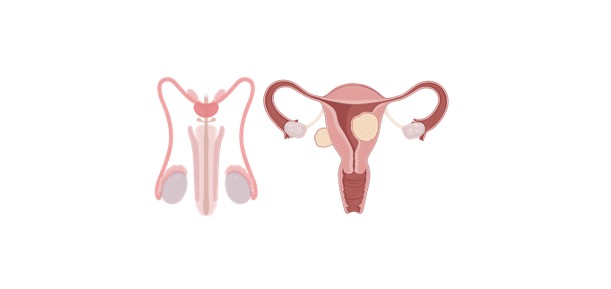Table of Contents
Hominids Definition
In today’s world, humans are considered the most advanced species on the planet, but they also shared previously the same genetic information as other animals in today’s world The hominid family involved the human ancestral line, which is diversified from the apes around 6 to 8 million years ago.
Early Hominids
In terms of the timescale of the existence of humans, this sort of timescale is massive. Some shreds of evidence are present to back up any solid theories and about dates of diversification of hominids from their ancestors. Some previous evidence proves that the origin starts from Europe however according to recent researches, the origin of early hominids occurs in Africa and migrated south.
Only bones from this period remain now, which are used to define the evolutionary process with the help of skeletal features. It also defines the differences and similarities between hominids and other primates. The evidences were discovered by paleoanthropologists like Lucy mapped the evolutionary changes in the skeletal structure of apes or early hominids.
The Australopithecines
The australopithecines are involved in the remarkable evolutionary chain followed by Lucy. However little evidence is present that distinguishes the differences in the size of the australopithecines head. The head of australopithecines is related to like a modern man. Some evidence suggests that in the evolutionary line, the early hominids starts moving from the jungle to the open lands due to increased competition in the jungle.
However, they could not fit in the new ecological niche at a return to the jungle. Genus Australopithecus include three distinct species that existed 5 to 2 million years ago. During their existence, they exhibited bipedal motion.
Australopithecus afarensis: The word Australopithecus afarensis means “southern ape from afar”. Around 4 million years ago, the species roamed the earth. They are first discovered in Ethiopia in the early 20th century and their discoveries are restricted to the afar triangle in Ethiopia, thus they are named Australopithecus afarensis.
Australopithecus africanus: It is believed that they are derived from Australopithecus Africanus. Due to its ore aptly suited genome, the species is removed from the afarensis. The species continued to develop into a species that is more similar to present-day man but remained roughly the same height.
Australopithcus robustus and Australopithecus boisei: These two species are indirectly associated and considered as long-term ancestors of modern humans.
Early species of Homo
The brain of the Australopithecines starts changing in its size around 2 million years ago. Based on these changes in the structure of the species, taxonomists provided a new genus to the species. The species is named homo, which resembles as more recent ancestors of modern man.
The Word homo means same as and sapiens is related to ‘man’. Some glisten of intelligence starts to appear in these species that are similar to modern man. For example, they start using blunt stone tools in a variety of ways such as for carving out their prey and to smash branches, etc. All these activities provide a chance of survival to these species in open land.
They tried to survive in an open land as their ancestors that were less prepared thus could not survive. Natural selection played a significant role in the development of man and also provide a competitive advantage to early homo species.
Hominids Citations
- Spinopelvic pathways to bipedality: why no hominids ever relied on a bent-hip-bent-knee gait. Philos Trans R Soc Lond B Biol Sci . 2010 Oct 27;365(1556):3289-99.
- European Miocene hominids and the origin of the African ape and human clade. Evol Anthropol . Jan-Feb 2012;21(1):10-23.
- Human paleoneurology: Shaping cortical evolution in fossil hominids. J Comp Neurol . 2019 Jul 1;527(10):1753-1765.







